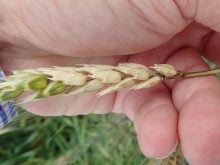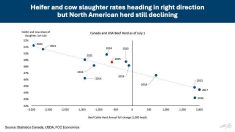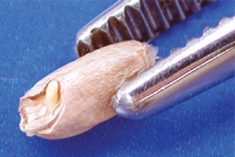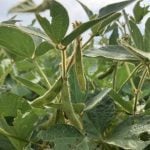Reuters – The average spring wheat yield in North Dakota, the U.S.’s top producing state for the crop, was estimated at 29.1 bushels per acre on July 29 by the annual Wheat Quality Council tour. It is the lowest on record going back to 1993 due to a severe drought in the northern Plains.
The figure was well below both the crop tour average from 2015-19 of 43.6 bushels per acre and the U.S. Department of Agriculture’s latest 2021 spring wheat yield estimate for the state, which sat at 28 bushels per acre. The Wheat Quality Council did not hold a tour in 2020 due to the COVID-19 pandemic.
Read Also
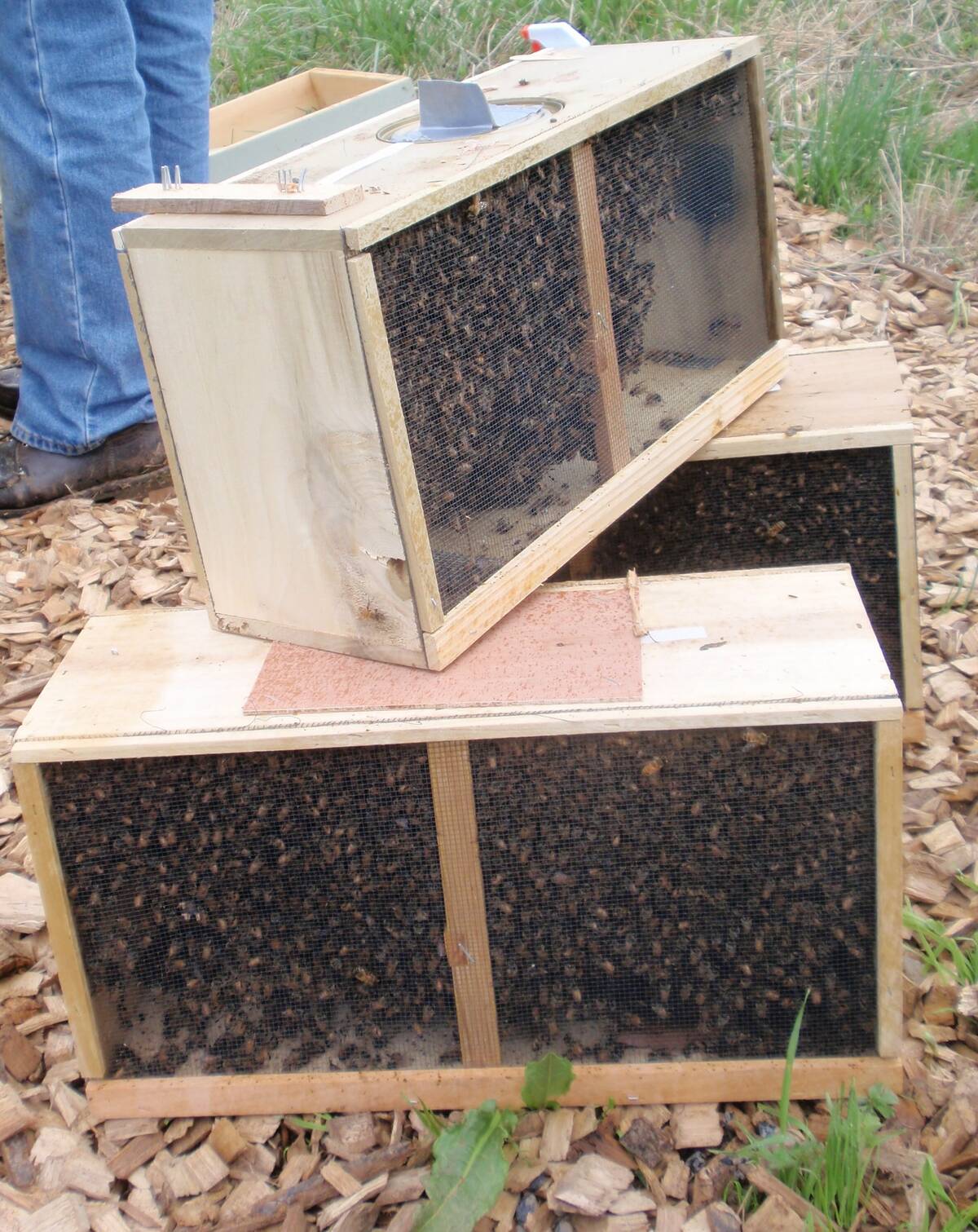
Canadian beekeepers call for regulatory accountability
Beekeepers say the Canadian Food Inspection Agency should restore packaged U.S. bee shipments, claiming the agency isn’t following evidence.
A severe drought slashed harvest potential for spring wheat, used in pizza crusts and bagels, as well as blended to increase protein content of lower-quality wheat. Weather conditions sent prices soaring to the highest seen in nearly nine years as millers, bakers and global buyers assessed tightening supplies.
All of North Dakota is under some stage of drought, including more than 62 per cent of the state deemed in extreme or exceptional drought, according to climatologists.
The U.S. Department of Agriculture lowered its spring wheat rating by two percentage points this week, ending at nine per cent good to excellent, the lowest since 1988. The agency is projecting a 41 per cent year-on-year decline in production.
“It’s certainly been dry here for a long time, particularly in the hardest-hit areas in the north of the state,” said Dave Green, executive vice-president of the Wheat Quality Council.
Crop scouts found uneven growth and short plants with small grain heads in fields across the state, evidence of the stressful weather. Some farmers will deem some fields too poor to harvest, scouts said.
Although the drought curbed the size of the crop, it generated an above-average level of protein, they added.
“We’ll probably see a little more of the crop get abandoned,” Green said, “but within the next week or two, farmers are going to harvest a lot of below-average wheat yields with above-average quality.”






